|
Have you ever heard of the Tasmanian devil? It’s actually nothing like the cartoon version—the real devil is a black animal with white markings that’s smaller than a cocker spaniel, and it’s in trouble. The Tasmanian devil once lived on the continent of Australia but now survives in the wild only on the island state of Tasmania, just off Australia’s south coast. It’s the largest surviving marsupial carnivore in the world. A marsupial’s young develop in a pouch on their mother’s belly rather than in a uterus inside their mother’s body. Other than females with young, the devils are solitary, living in a burrow in the ground during the day and coming out at dusk to feed. Devils can hunt for prey but much of their diet consists of dead animals—carrion--such as road-killed wallabies and wombats. A disease spreading across the island since 1996 has decimated the devil population. Scientists and wildlife managers are working hard in an effort to study and protect this unique species. The killer, called Devil Facial Tumor Disease (DFTD), is unusual. It’s not caused by a virus or by bacteria. It’s a form of cancer that began with a single devil, and it can spread from one animal to another. Devils will bite each other as they fight over carrion, and the cancer cells on the face of one devil can infect another as they fight. Normally, an animal’s body can recognize cells that aren’t its own and destroy them. But DFTD cells protect themselves from being “discovered,” as if wearing an invisibility cloak. They invade their victims’ bodies and eventually kill them. DFTD spread so fast and killed so many devils that the government and scientists feared that the Tasmanian devil would become extinct in the wild. They established disease-free colonies in captivity on the Australian mainland and on Tasmania and studied the cancer in laboratories. Now, the devil is making a comeback—there’s a vaccine that provides some protection to captive devils that have been released in the wild, and ecologists have found that some wild devils are able to fight the disease on their own. Meanwhile, another kind of facial tumor disease has appeared. It’s spreading more slowly, but biologists and the devils still have a lot to deal with. You can learn more from the Save the Tasmanian Devil Program .
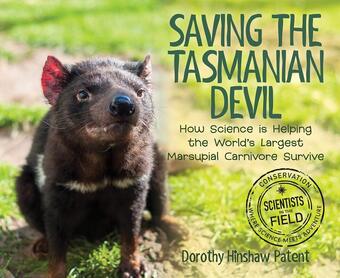 This is Dorothy's book, Saving the Tasmanian Devil, as part of the Scientists in the Field Series. Read Vicki Cobb's review of this wonderful book.
3 Comments
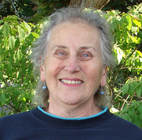 Do you know that the Plains Indians lived in North America for centuries before they got horses? These people were nomads, moving from place to place through the seasons as they sought protection from winter weather and hunted for buffalo, their main source of food. Can you imagine how difficult it was, walking many miles in soft moccasins across the rough prairie ground with only dogs to help carry their possessions? The dogs dragged goods on a travois, a set of wooden poles strapped together. A big, strong dog could manage a load of just seventy-five pounds or less. It took an Indian band a long time to get from one place to another, and the people couldn’t bring very many things along. Then, in the 1500s, Spanish explorers and settlers brought horses with them to North America. Indian slaves in the Southwest took care of the horses on Spanish ranches but were forbidden to ride them. Of course they figured out how useful horses were, and soon the Apache tribe had horses. In 1680, the Indians rebelled against the Spanish, driving them out of New Mexico and forcing them to leave many horses behind. From then on, horses spread northward and by 1750, tribes all the way into Canada had horses. These powerful animals revolutionized Indian culture. With horses, the Indians could ride instead of walk. They could bring along more goods, as a horse could drag a travois load of three hundred pounds. Just five horses could transport everything needed by a family, including enough buffalo hides to make a big, comfortable tepee. Old or sick family members could be carried along on a travois as well. Just as the Indians were embracing the horse, European Americans were moving into Indian lands, forcing some tribes to move westward onto the prairie and adopt the horse culture. Within a generation, Indians became supreme horsemen and used horses to hunt buffalo and to wage warfare. They fought against one another as well as against the U.S. Army, which was trying to clear the way for white settlers to make their homes on the prairie. By the late 1800s, the Plains tribes had been beaten and forced to live on reservations. The Indians still value their horses, competing with them in rodeos and races as well as for recreation and transportation. 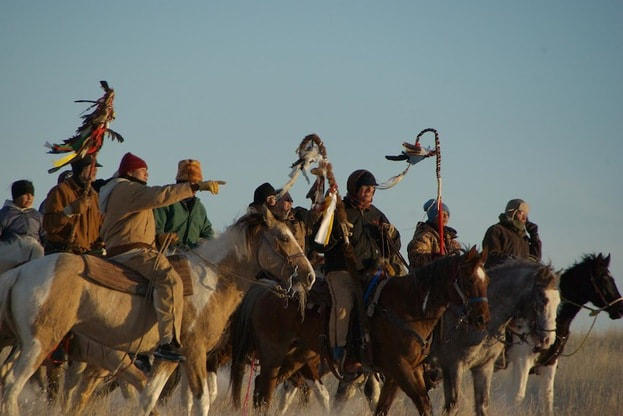 Every winter, a group of young Indians show their pride in their cultural traditions by challenging themselves to repeat the frigid 287-mile ride of Lakota Chief Big Foot and his band to Wounded Knee, South Dakota, where they were massacred by the U.S. Army in December, 1890. Indian Teens, Wm. Munoz 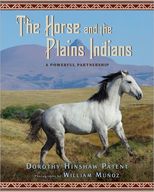 Dorothy Hinshaw Patent says about her book, The Horse and the Plains Indians: "This book was truly a labor of love and respect. Within a few years of acquiring horses after the Spanish brought them to America, Indians became among the greatest horsemen in the world and created vibrant new horse-related aspects to their cultures. I wanted to communicate these achievements to young people and to show them that despite all they have suffered at the hands of European American culture, the Indians heart and soul attachment to horses endures." For more information, click here. Dorothy Hinshaw Patent is a member of iNK's Authors on Call and is available for classroom programs through Field Trip Zoom, a terrific technology that requires only a computer, wifi, and a webcam. Click here to find out more. MLA 8 Citation
Patent, Dorothy Hinshaw. "How Horses Revolutionized the Lives of the Plains Indians." Nonfiction Minute, iNK Think Tank, 5 Mar. 2018, www.nonfictionminute.org/the-nonfiction-minute/ How-Horses-Revolutionized-the-Lives-of-the-Plains-Indians. 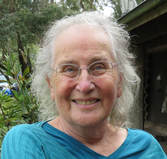 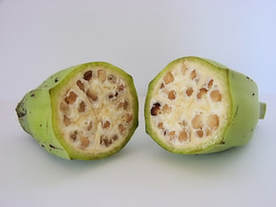 You can see how little fruit is inside a wild banana. You can see how little fruit is inside a wild banana. You probably eat bananas at least once a week—they are the most popular of all fruits, even surpassing the apple. But have you ever noticed that bananas have no seeds? Probably not. You just peel them and enjoy their soft, seedless flesh without even thinking about seeds. If you’d been strolling through a tropical forest in New Guinea thousands of years ago and reached up to pluck a wild banana snack, you wouldn’t have wanted to eat it. The banana ancestors had big hard seeds surrounded by a small amount of sweet flesh, not worth peeling. Sometimes, however, plants appeared with fruit that had no seeds. Over time, people cherished these seedless fruits and grew the plants for their own use. The banana plant sends up a central stalk surrounded by very large leaves, then flowers at the tip. The flowers produce a heavy load of bananas without being pollinated. Then the stalk dies. Meanwhile, the stalk sends out side shoots that become new plants. That’s a form of cloning, meaning that all of a banana plant’s progeny are genetically identical, both to their parent and to one another. The ancestors of the modern banana could reproduce in the usual way, so their seeds contained mixtures of DNA from the mother plant and DNA from another plant’s pollen. This “sexual reproduction” allows for the genes of the plants to be combined in new ways. If a disease came along, it might kill most of the plants, but some others could have natural resistance and survive. Because it lacks seeds, the banana has gotten into trouble. Back in the 1950s, an especially sweet and tasty variety called the Gros Michel was the commercial banana. But a devastating fungus came along and killed the plants and contaminated the soil. Growers then chose another variety, Cavendish, which resisted the disease. But now a wilt called Panama disease has shown up that kills the Cavendish plants. And because bananas lack genetic diversity and because they don’t develop seeds that mix up their genes, the Cavendish has no way of defending itself. Banana growers are doing what they can to stop the spread of the disease, however, and up to now they have been successful. But don’t be surprised if in a few years the bananas you buy look and taste different. Luckily, there are other varieties out there, like small “finger” bananas and larger red-skinned fruits, that you can already buy in places like Hawaii.
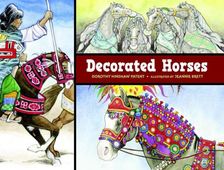 Dorothy Hinshaw Patent's new nonfiction picture book about horses has a fresh focus: how people over the ages have decorated horses in special ways. Organized into three categories—warfare and hunting, performance and competition, performance, and ceremony—the book introduces horses such as the chariot-pulling war horse of the Persians to the rose-decorated winner of the Kentucky Derby. For more information, click here. Dorothy Hinshaw Patent is a member of iNK's Authors on Call and is available for classroom programs through Field Trip Zoom, a terrific technology that requires only a computer, wifi, and a webcam. Click here to find out more. MLA 8 Citation
Patent, Dorothy Hinshaw. "The Flaw in the Seedless Banana." Nonfiction Minute, iNK Think Tank, 21 Dec. 2017, www.nonfictionminute.org/ the-nonfiction-minute/The-Flaw-in-the-Seedless-Banana. Accessed 21 Dec. 2017. 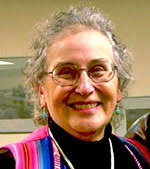 “Whatever happens to this single animal, let him always remind us that the fate of all living things on Earth is in human hands.” These words, inscribed on a panel by the enclosure where the last of his race, the Pinta Island tortoise called Lonesome George, are no longer needed. George died on June 24, 2012, at an undetermined age, but likely more than 100 years. Even so, his actual death is merely a symbol of extinction, since he was the only one of his kind left. Without a mate for George, this species was doomed. Perhaps George’s death, however, will impress people with the power of our own species to doom or to save others. The thoughtless short-term thinking so common among humans ignores the long-term effects of our actions. During the 1800s, whalers, fur sealers, and other seafaring folks raided the Galapagos Islands for food. The giant land tortoises that populated the islands were perfect for long-term storage, as they could survive for a year or more on a ship without eating or drinking. Their diluted urine provided drinking water as well. The Pinta tortoise population was hit the hardest by this exploitation because Pinta is the farthest north of the islands and thus the last one visited when the sailors left for the open sea. By 1959 the tortoises had just about disappeared from Pinta. Some fishermen released three goats there, knowing they would reproduce to make island meat once more available to ships. The goat population exploded, devastating the island vegetation and dooming any animals that depended on it for survival. In 1979, a scientist studying snails came across George, who was soon brought to the Tortoise Center on nearby Santa Cruz Island for protection. But hopes of finding a mate for George and thus saving his species faded with the years, and Lonesome George became what he remains after his death, a symbol of careless exploitation by humans. Now, after careful restoration of his remains, Lonesome George was on exhibit at the American Museum of Natural History in 2015, after which he was returned to Ecuador. The plaque overlooking his old corral now reads, “We promise to tell your story and to share your conservation message.” 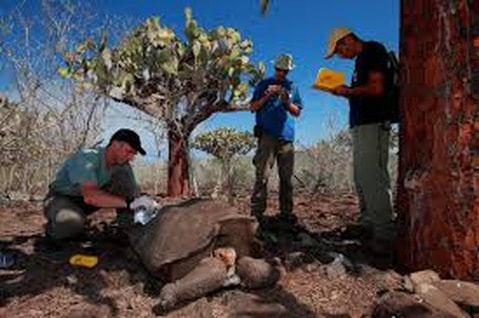 Some good news! Unlike the Pinta subspecies, conservationists have managed to help bring back the tortoises on the Galapagos island of Espanola from a low of only 16 to a population of more than 1,000 now living on their home island. Here, scientists are recording information about the tortoises in their native environment. Photo : Flickr: Sebastian Keynes via Christian Zeigler 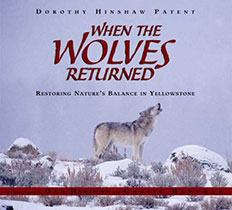 Read how one endangered species got returned to its natural home and thrived in Dorothy's book, When the Wolves Returned: Restoring Nature's Balance in Yellowstone. She says " I loved writing this book, which describes the positive changes in the ecology of the park that are happening since the wolves came back--healthier willows, more beavers and small predators, more song birds, and more. Wolves have also returned to several western states around Yellowstone, including Montana, and their presence there is also helping restore the natural environment." Dorothy Patent is a member of Authors on Call. You can bring her to your school via our Zoom Room. Here's a link to her program on wolves. MLA 8 Citation
Patent, Dorothy Hinshaw. "Lonesome George: The Face of Extinction." Nonfiction Minute, iNK Think Tank, 27 Nov. 2017, www.nonfictionminute.org/ Lonesome-George-the-face-of-extinction. |
*NEWS
|
For Vicki Cobb's BLOG (nonfiction book reviews, info on education, more), click here: Vicki's Blog
The NCSS-CBC Notable Social Studies Committee is pleased to inform you
that 30 People Who Changed the World has been selected for Notable Social Studies Trade Books for Young People 2018, a cooperative project of the National Council for the Social Studies (NCSS) & the Children’s Book Council
Categories
All
Abolitionists
Adams Janus
Adaptation
Adaptations
Adkins Jan
Advertising
Aerodynamics
Africa
African American History
African Americans
Africa West
Agriculture
Aircraft
Air Pilots
Air Pressure
Air Travel
Albee Sarah
Alchemy
Alligators
Allusion
American History
American Icons
Amphibians
Amundsen Roald
Anatomy
Ancient
Ancient Cultures
Anderson Marian 1897-1993
Animal Behavior
Animal Experimentation
Animal Intelligence
Animals
Animation
Antarctica
Ants
Apache Indians
Apes
April Fool's Day
Architecture
Argument
Arithmetic
Art
Art Deco
Artists
Arts
Asia
Astronauts
Astronomy
Athletes
Atomic Theory
Audubon Societies
Authors
Autobiography
Automobiles
Aviation
Awards
Bacteria
Baseball
Battuta Ibn
Bears
Beatles
Beavers
Bees
Biodegradation
Biography
Biology
Biomes
Biomimicry
Biplanes
Birds
Black Death
Black History
Blindness
Blizzards
Bombs
Bonaparte Napoleon
Boone Daniel
Botany
Brazil
Bridges
Brill Marlene Targ
Brooklyn Bridge
Brown John
Buffaloes
Building Materials
Butterflies
Caesar
Caesar Julius
Caissons
Calculus
Calendars
Cannibal
Capitals
Caravaggio
Carbon Dioxide
Carnivores
Carson Mary Kay
Cartoons & Comics
Carving (Decorative Arts)
Cascade Range
Castaldo Nancy
Castles
Castrovilla Selene
Cathedrals
Cats
Caves
Celts
Cemeteries
Chemistry
Children's Authors
Child Welfare
China
Choctaw Indians
Christmas
Chronometers
Cicadas
Cinco De Mayo
Ciphers
Circle
Citizenship
Civil Rights
Civil Rights Movements
Civil War
Civil War - US
Climate
Climate Change
Clocks And Watches
Clouds
Cobb Vicki
COBOL (Computer Language)
Code And Cipher Stories
Collard III Sneed B.
Collectors And Collecting
Color
Commerce
Communication
Competition
Compilers
Composers
Computers
Congressional Gold Medal
Consitution
Contests
Contraltos
Coolidge Calvin
Cooling
Corms
Corn
Counterfeiters
Covid-19
Crocodiles
Cryptography
Culture
Darwin Charles
Declaration Of Independence
Decomposition
Decompression Sickness
Deep-sea Animals
Deer
De Medici Catherine
Design
Detectives
Dickens Charles
Disasters
Discrimination
Diseases
Disney Walt
DNA
Dogs
Dollar
Dolphins
Douglass Frederick 1818-1895
Droughts
Dr. Suess
Dunphy Madeleine
Ear
Earth
Earthquakes
Ecology
Economics
Ecosystem
Edison Thomas A
Education
Egypt
Eiffel-gustave-18321923
Eiffel-tower
Einstein-albert
Elephants
Elk
Emancipationproclamation
Endangered Species
Endangered-species
Energy
Engineering
England
Englishlanguage-arts
Entomology
Environmental-protection
Environmental-science
Equinox
Erie-canal
Etymology
Europe
European-history
Evolution
Experiments
Explorers
Explosions
Exports
Extinction
Extinction-biology
Eye
Fairs
Fawkes-guy
Federalgovernment
Film
Fires
Fishes
Flight
Floods
Flowers
Flute
Food
Food-chains
Foodpreservation
Foodsupply
Food-supply
Football
Forceandenergy
Force-and-energy
Forensicscienceandmedicine
Forensic Science And Medicine
Fossils
Foundlings
France
Francoprussian-war
Freedom
Freedomofspeech
French-revolution
Friction
Frogs
Frontier
Frontier-and-pioneer-life
Frozenfoods
Fugitiveslaves
Fultonrobert
Galapagos-islands
Galleys
Gametheory
Gaudi-antoni-18521926
Gender
Generals
Genes
Genetics
Geography
Geology
Geometry
Geysers
Ghosts
Giraffe
Glaciers
Glaucoma
Gliders-aeronautics
Global-warming
Gods-goddesses
Gold-mines-and-mining
Government
Grant-ulysses-s
Grasshoppers
Gravity
Great-britain
Great-depression
Greece
Greek-letters
Greenberg Jan
Hair
Halloween
Handel-george-frederic
Harness Cheryl
Harrison-john-16931776
Health-wellness
Hearing
Hearing-aids
Hearst-william-randolph
Henry-iv-king-of-england
Herbivores
Hip Hop
History
History-19th-century
History-france
History-world
Hitler-adolph
Hoaxes
Holidays
Hollihan Kerrie Logan
Homestead-law
Hopper-grace
Horses
Hot Air Balloons
Hot-air-balloons
Housing
Huguenots
Human Body
Hurricanes
Ice
Icebergs
Illustration
Imagery
Imhotep
Imperialism
Indian-code-talkers
Indonesia
Industrialization
Industrial-revolution
Inquisition
Insects
Insulation
Intelligence
Interstatecommerce
Interviewing
Inventions
Inventors
Irrational-numbers
Irrigation
Islands
Jacksonandrew
Jazz
Jeffersonthomas
Jefferson-thomas
Jemisonmae
Jenkins-steve
Jet-stream
Johnsonlyndonb
Jokes
Journalism
Keeling-charles-d
Kennedyjohnf
Kenya
Kidnapping
Kingmartinlutherjr19291968
Kingmartinlutherjr19291968d6528702d6
Kings-and-rulers
Kings Queens
Kings-queens
Koala
Labor
Labor Policy
Lafayette Marie Joseph Paul Yves Roch Gilbert Du Motier Marquis De 17571834
Landscapes
Languages-and-culture
Law-enforcement
Layfayette
Levers
Levinson Cynthia
Lewis And Clark Expedition (1804-1806)
Lewis Edmonia
Liberty
Lift (Aerodynamics)
Light
Lindbergh Charles
Liszt Franz
Literary Devices
Literature
Lizards
Longitude
Louis XIV King Of France
Lumber
Lunar Calendar
Lynching
Macaws
Madison-dolley
Madison-james
Madison-james
Mammals
Maneta-norman
Maneta-norman
Marathon-greece
Marine-biology
Marine-biology
Marines
Marsupials
Martial-arts
Marx-trish
Mass
Massachusetts-maritime-academy
Mass-media
Mastodons
Mathematics
May-day
Mcclafferty-carla-killough
Mcclafferty-carla-killough
Mckinley-william
Measurement
Mechanics
Media-literacy
Media-literacy
Medicine
Memoir
Memorial-day
Metaphor
Meteorology
Mexico
Mickey-mouse
Microscopy
Middle-west
Migration
Military
Miners
Mississippi
Molasses
Monarchy
Monsters
Montgomery
Montgomery-bus-boycott-19551956
Montgomery-heather-l
Monuments
Moon
Moran-thomas
Morsecode
Morsesamuel
Moss-marissa
Moss-marissa
Motion
Motion-pictures
Mummies
Munro-roxie
Munro-roxie
Musclestrength
Museums
Music
Muslims
Mythologygreek
Nanofibers
Nanotechnology
Nathan-amy
Nathan-amy
Nationalfootballleague
Nationalparksandreserves
Nativeamericans
Native-americans
Native-americans
Naturalhistory
Naturalists
Nature
Nauticalcharts
Nauticalinstruments
Navajoindians
Navigation
Navy
Ncaafootball
Nervoussystem
Newdeal19331939
Newman-aline
Newman-aline
Newton-isaac
New-york-city
Nobelprizewinners
Nomads
Nonfictionnarrative
Nutrition
Nylon
Nymphs-insects
Oaths Of Office
Occupations
Ocean
Ocean-liners
Olympics
Omnivores
Optics
Origami
Origin
Orphans
Ottomanempire
Painters
Painting
Paleontology
Pandemic
Paper-airplanes
Parksrosa19132005
Parrots
Passiveresistance
Patent Dorothy Hinshaw
Peerreview
Penguins
Persistence
Personalnarrative
Personification
Pets
Photography
Physics
Pi
Pigeons
Pilots
Pinkertonallan
Pirates
Plague
Plains
Plainsindians
Planets
Plantbreeding
Plants
Plastics
Poaching
Poetry
Poisons
Poland
Police
Political-parties
Pollen
Pollution
Polo-marco
Populism
Portraits
Predation
Predators
Presidentialmedaloffreedom
Presidents
Prey
Prey-predators
Prey-predators
Prime-meridian
Pringle Laurence
Prohibition
Proteins
Protestandsocialmovements
Protestants
Protestsongs
Punishment
Pyramids
Questioning
Radio
Railroad
Rainforests
Rappaport-doreen
Ratio
Reading
Realism
Recipes
Recycling
Refrigerators
Reich-susanna
Religion
Renaissance
Reproduction
Reptiles
Reservoirs
Rheumatoidarthritis
Rhythm-and-blues-music
Rice
Rivers
Roaringtwenties
Roosevelteleanor
Rooseveltfranklind
Roosevelt-franklin-d
Roosevelt-theodore
Running
Russia
Safety
Sanitation
Schwartz David M
Science
Scientificmethod
Scientists
Scottrobert
Sculpture
Sculpturegardens
Sea-level
Seals
Seals-animals
Secretariesofstate
Secretservice
Seeds
Segregation
Segregationineducation
Sensessensation
September11terroristattacks2001
Seuss
Sextant
Shackletonernest
Shawneeindians
Ships
Shortstories
Silkworms
Simple-machines
Singers
Siy Alexandra
Slavery
Smuggling
Snakes
Socialchange
Social-change
Socialjustice
Social-justice
Socialstudies
Social-studies
Social-studies
Sodhouses
Solarsystem
Sound
Southeast-asia
Soybean
Space Travelers
Spain
Speech
Speed
Spiders
Spies
Spiritualssongs
Sports
Sports-history
Sports-science
Spring
Squirrels
Statue-of-liberty
STEM
Storms
Strategy
Sugar
Sumatra
Summer
Superbowl
Surgery
Survival
Swanson-jennifer
Swinburne Stephen R.
Synthetic-drugs
Taiwan
Tardigrada
Tasmania
Tasmanian Devil
Tasmanian-devil
Technology
Tecumsehshawneechief
Telegraph-wireless
Temperature
Tennis
Terrorism
Thomas Peggy
Thompson Laurie Ann
Time
Titanic
Tombs
Tortoises
Towle Sarah
Transcontinental-flights
Transportation
Travel
Trees
Trung Sisters Rebellion
Tundra
Turnips
Turtles
Typhoons
Underground Railroad
Us-environmental-protection-agency
Us History
Us-history
Ushistoryrevolution
Us History Revolution
Us-history-war-of-1812
Us Presidents
Ussupremecourtlandmarkcases
Vacations
Vaccines
Vangoghvincent
Vegetables
Venom
Vietnam
Viruses
Visual-literacy
Volcanoes
Voting-rghts
War
Warne-kate
Warren Andrea
Washington-dc
Washington George
Water
Water-currents
Wax-figures
Weapons
Weather
Weatherford Carole Boston
Whiting Jim
Wildfires
Winds
Windsor-castle
Wolves
Woman In History
Women
Women Airforce Service Pilots
Women-airforce-service-pilots
Womeninhistory
Women In History
Women-in-science
Women's History
Womens-roles-through-history
Wonder
Woodson-carter-godwin-18751950
World-war-i
World War Ii
World-war-ii
Wright Brothers
Writing
Writing-skills
Wwi
Xrays
Yellowstone-national-park
Zaunders Bo
ArchivesMarch 2021
February 2021
January 2021
December 2020
November 2020
October 2020
September 2020
June 2020
May 2020
April 2020
March 2020
February 2020
January 2020
December 2019
October 2019
September 2019
August 2019
July 2019
May 2019
April 2019
March 2019
February 2019
January 2019
December 2018
November 2018
September 2018
June 2018
May 2018
April 2018
March 2018
February 2018
January 2018
December 2017
November 2017
October 2017
September 2017
March 2017
The NONFICTION MINUTE, Authors on Call, and. the iNK Books & Media Store are divisions of iNK THINK TANK INC.
a 501 (c) (3) nonprofit corporation. To return to the iNK Think Tank landing page click the icon or the link below. :
http://inkthinktank.org/
For more information or support, contact thoughts@inkthinktank.org
For Privacy Policy, go to
Privacy Policy
© COPYRIGHT the Nonfiction Minute 2020.
ALL RIGHTS RESERVED.
This site uses cookies to personalize your experience, analyze site usage, and offer tailored promotions. www.youronlinechoices.eu
Remind me later
Archives
March 2023
February 2023
January 2023
December 2022
November 2022
October 2022
September 2022
June 2022
May 2022
April 2022
March 2022
February 2022
January 2022
December 2021
November 2021
September 2021
April 2021
March 2021
February 2021
November 2020
October 2020
September 2020
June 2020
May 2020
April 2020
March 2020
February 2020
January 2020
October 2019
August 2019
July 2019
May 2019
April 2019
December 2018
September 2018
June 2018
May 2018
March 2018
February 2018
January 2018
December 2017
November 2017
October 2017
September 2017

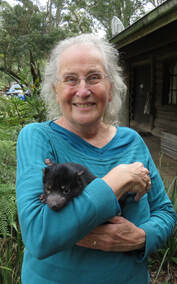

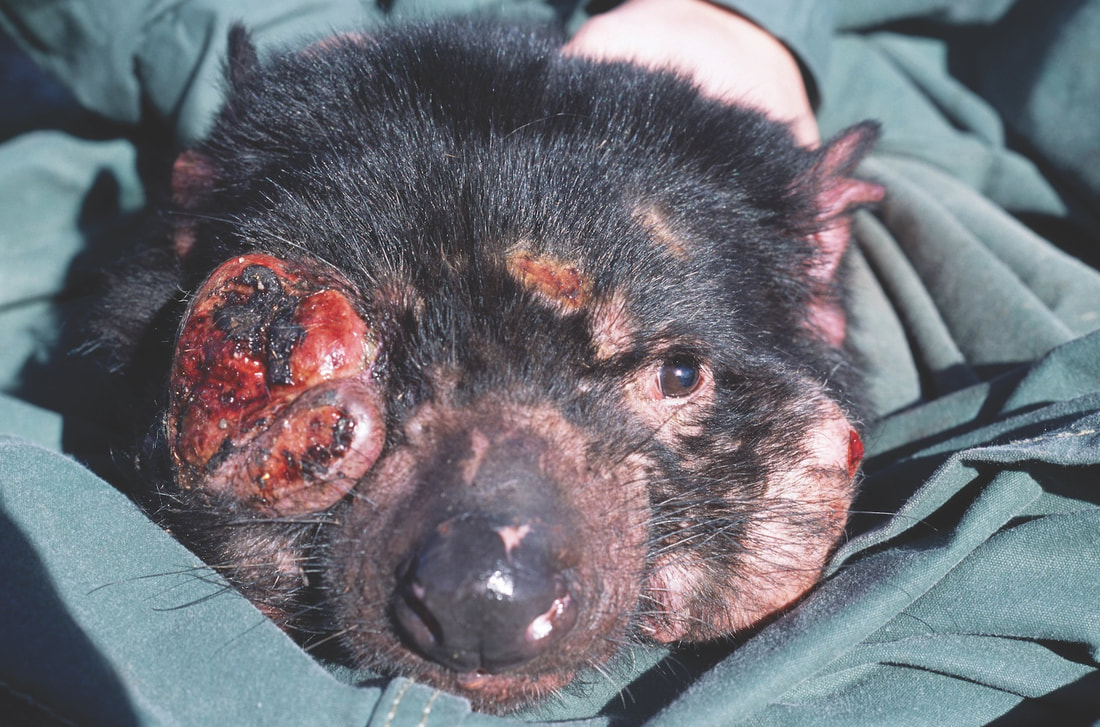
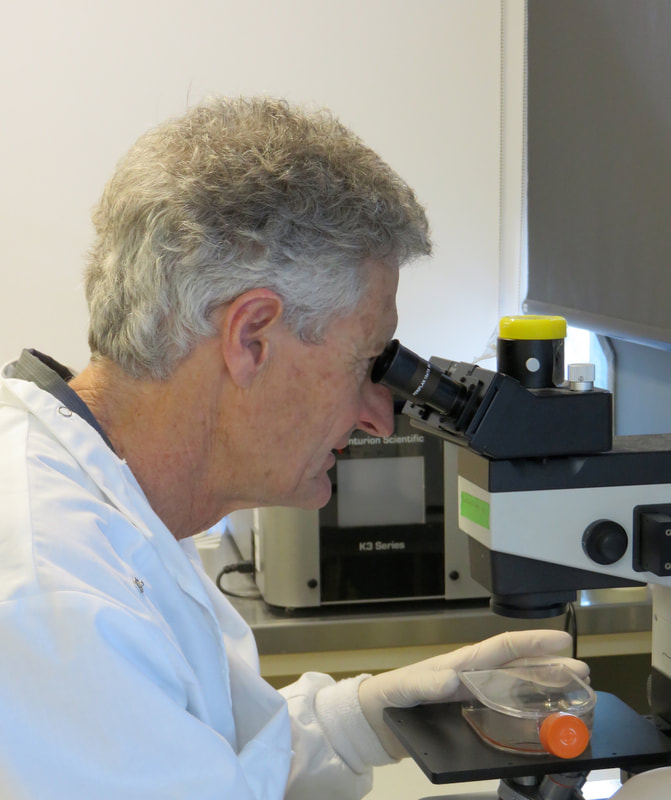
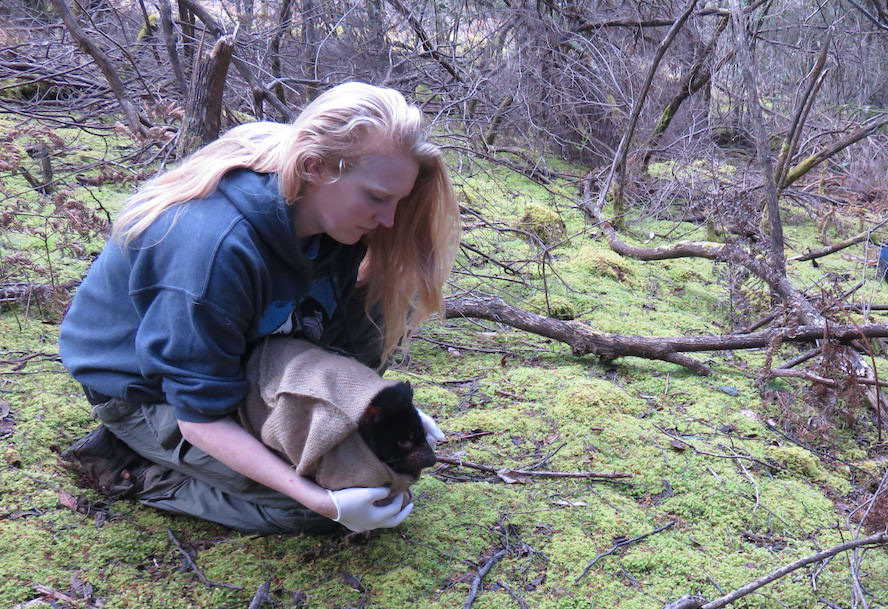
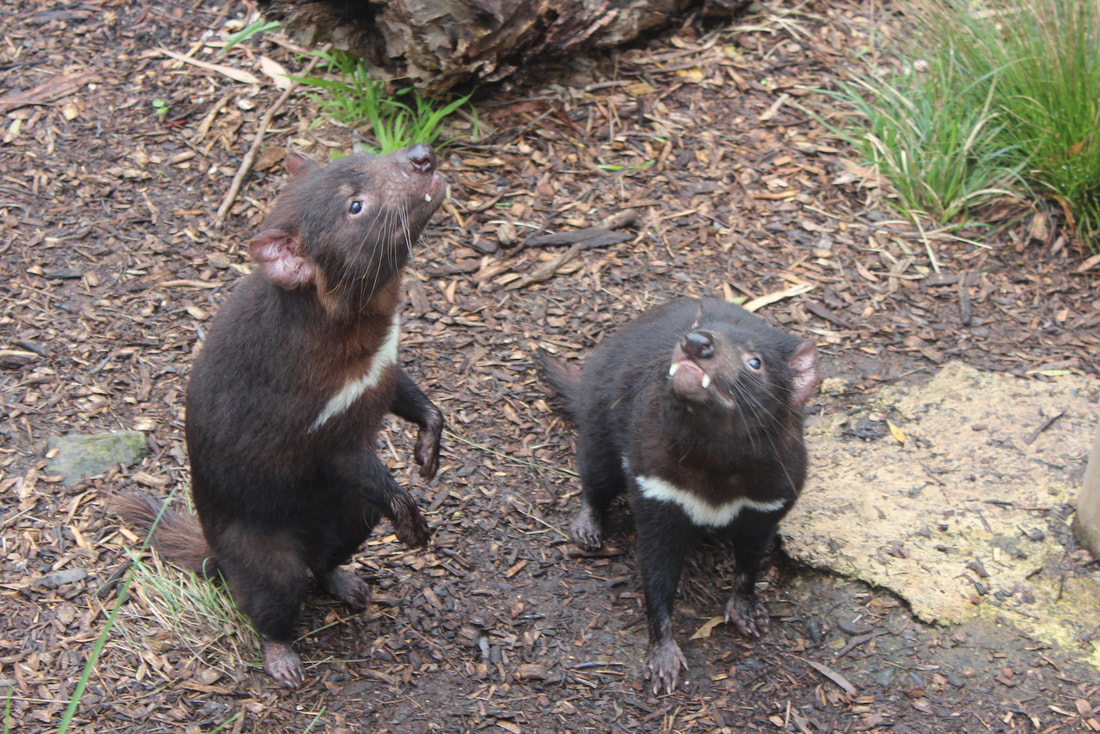
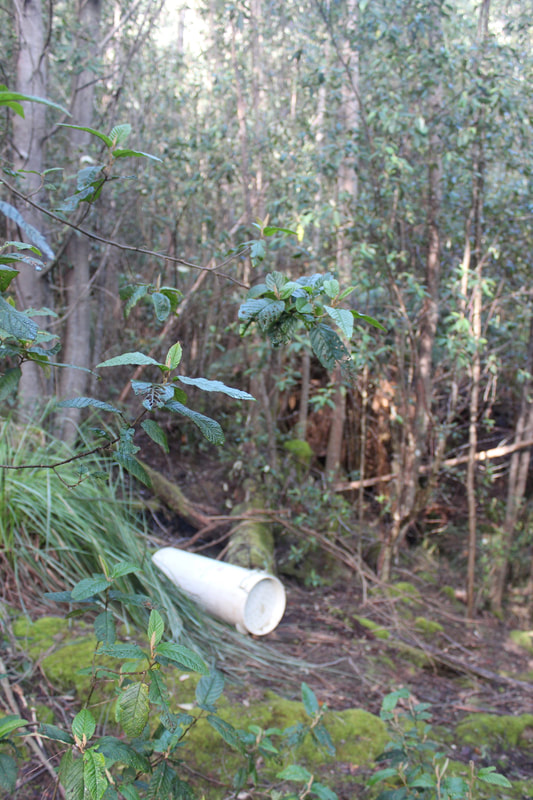
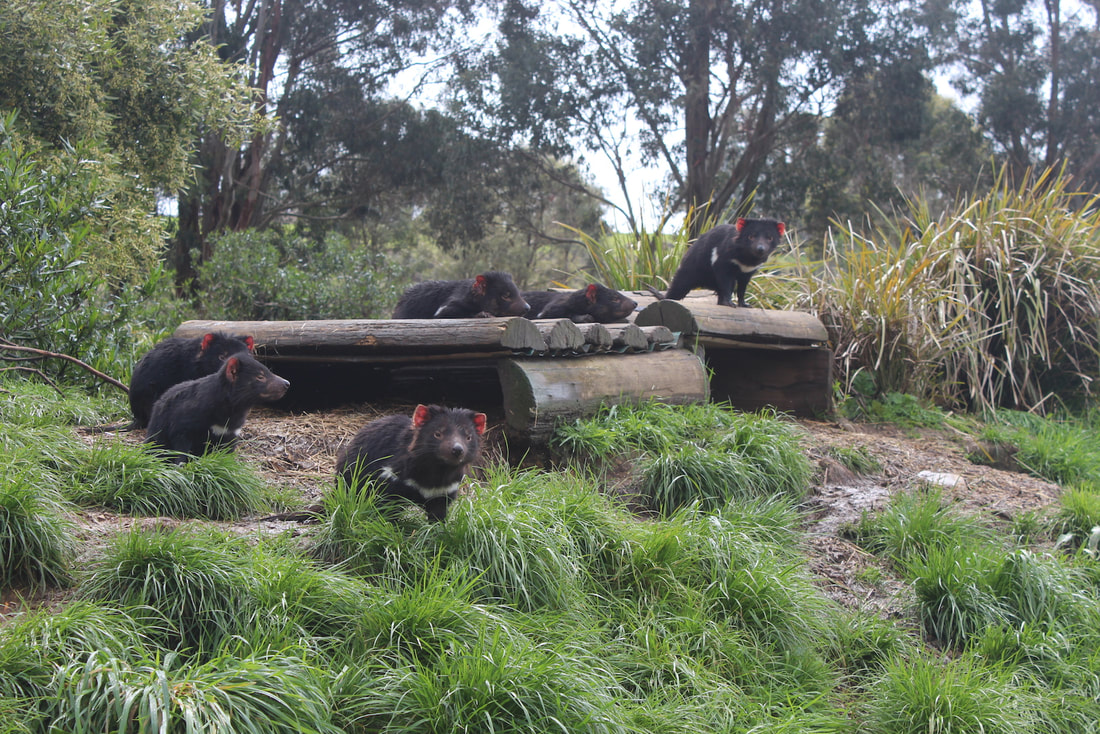

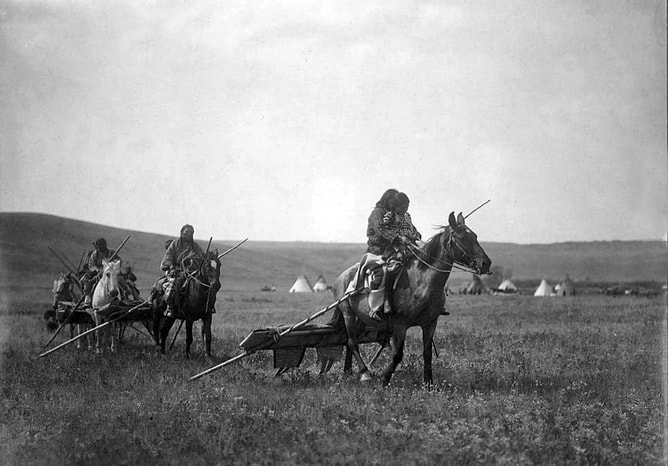
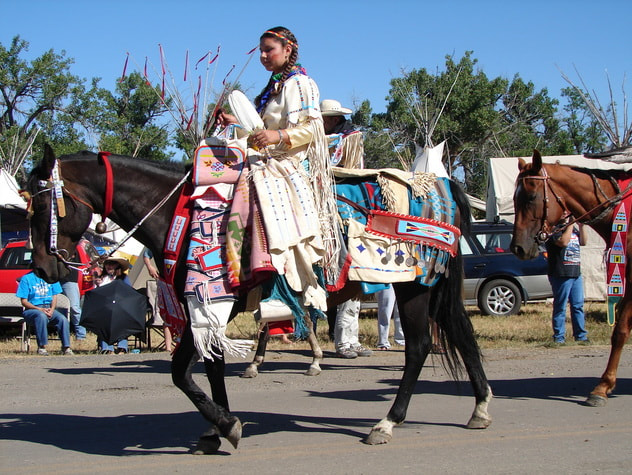
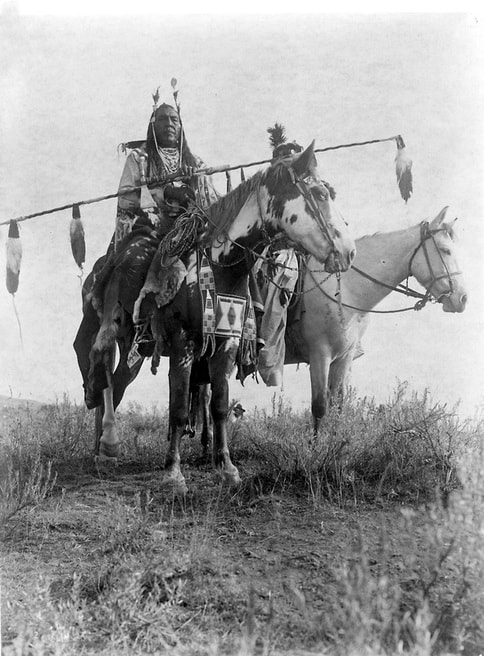


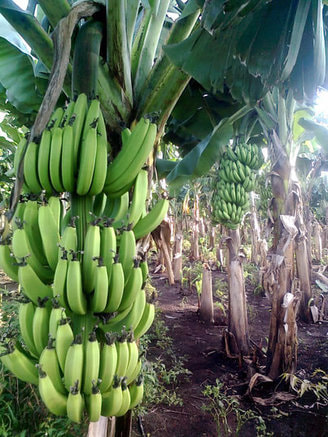
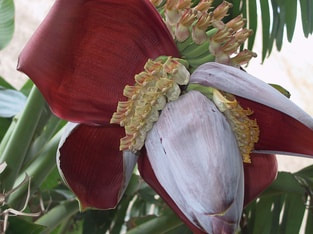
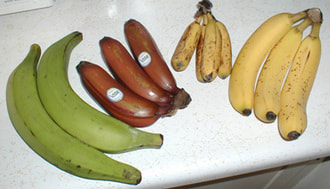


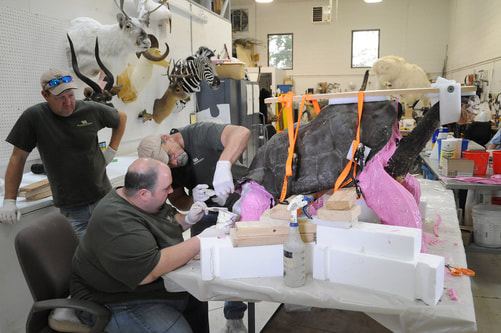
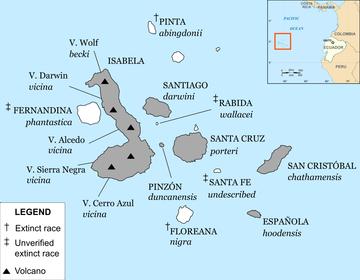

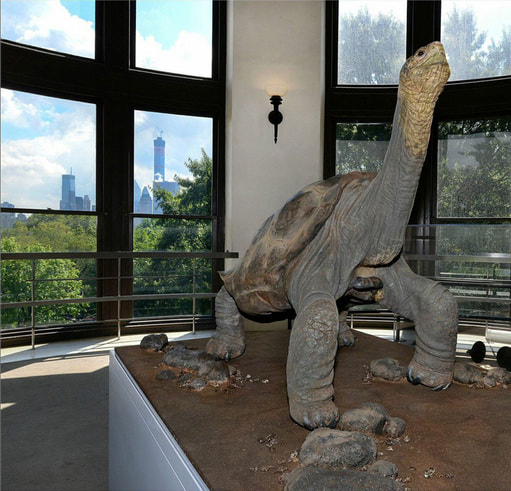

 RSS Feed
RSS Feed
